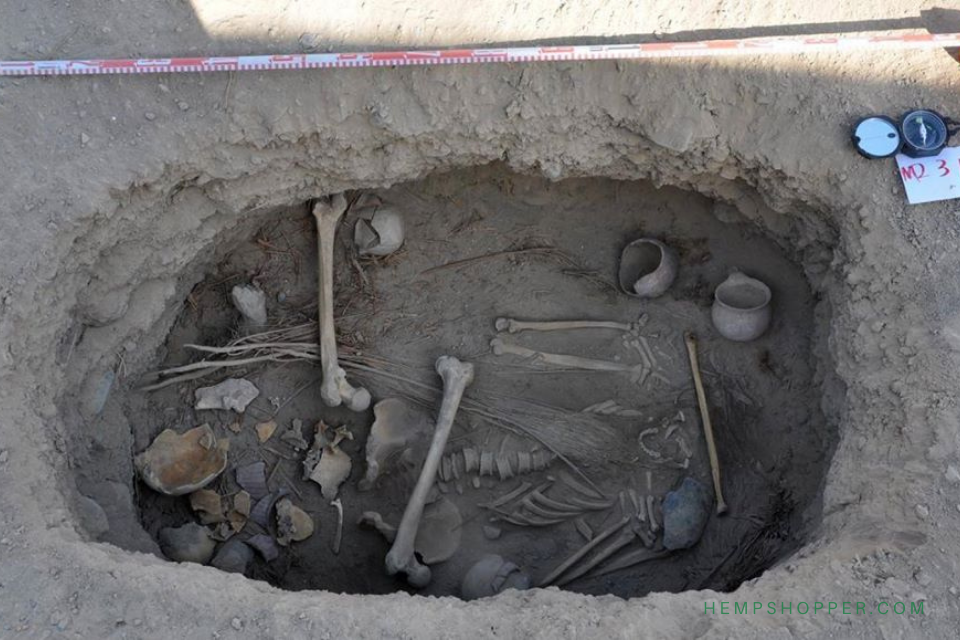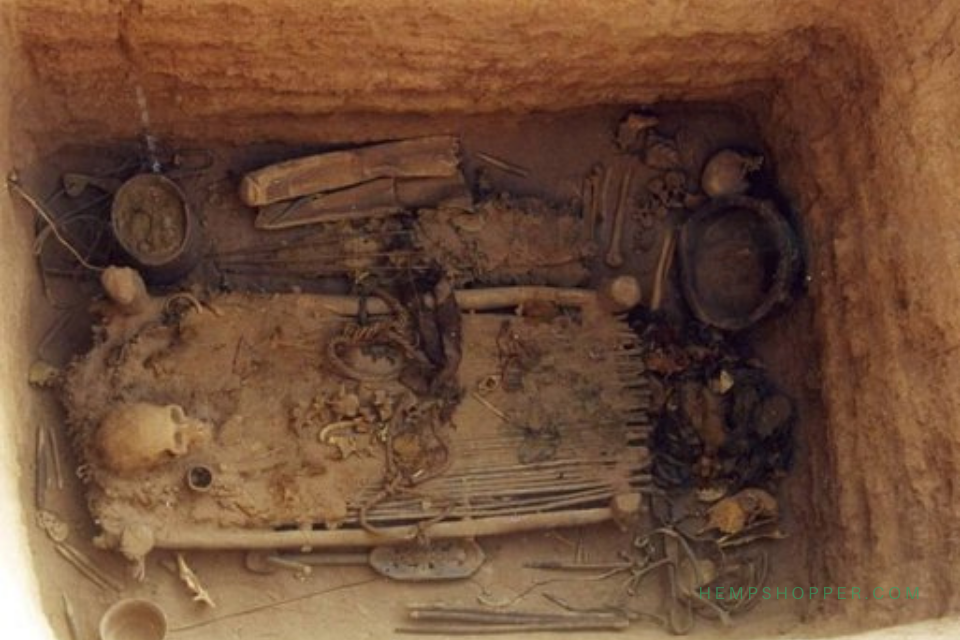750 BCE: Cannabis offerings in “Holy of Holies” canaanite temple

750 BCE: Cannabis offerings in “Holy of Holies” canaanite temple.
A group of researchers discovered, in the 60´s, two limestone altars, at the entrance to the “Holy of Holies” of a Judahite shrine at Beersheba Valley, in Israel’s Tel Arad, west of the Dead Sea. The site is divided into a lower city and an upper hill. Inside the site, there is a shrine devoted to Yahweh, the biblical god of the Hebrews.
Excavations identified a pair of citadels that guarded the southern border of the kingdom of Judah during that time, as well as a well-preserved shrine dated to roughly 760-715 BCE. It was within this shrine that the two stone altars were discovered with the remains of what appeared to be burnt plant materials.
The hill of the fortress, in Tel Arad, was excavated under the petition of the Archaeology Department of the Jerusalem University, for Yonahan Ahroni, at the beginning of the 60´s. But only recently has been possible to identified those burnt plant materials as cannabis.
Gad Avigad, first to analyzed the evidences at the time, establish that the rest contain animal fat and that the altars where used to burn incense. After the excavation, the altar was moved to the Israel Museum. During 2007-2010 that part of the museum was renovated, resurfacing a new interest for the shrine.
Thanks to the new research applied modern chemical analysis techniques and the work of the Institute of Technology of Israel and the University of Jerusalem, the investigator could say that the material analyzed was cannabis
In the smallest altar they found THC, CBD and CBN rest, all of them components of the Cannabis Sativa plant. Together with this, they found manure residue y animal fat. The residue on the larger altar was composed of animal fats, frankincense and the dried sap of trees in the Boswellia genus.
The new research, published in the Journal of the Institute of Archaeological of the Tel Aviv University, provides the first evidence that the mind-altering substance was part of religious life in the Levant.
“This is the first time that cannabis has been identified in the Ancient Near East; its use in the shrine must have played a central role in the cultic rituals performed there,” says Eran Arie, an archaeologist with the Israel Museum in Jerusalem and lead author of the new research, in a statement.
These findings also have implications for the understanding of trade routes at the time. Arie tells `Science News’ that “the cannabis was likely grown somewhere in southeastern Russia or China” and Robert Spengler, an archaeobotanist at the Max Planck Institute, who was not involved in the study, suggests information about “cannabis use spread west from Asia along the Silk Road”.
Journal of the Institute of Archaeological of the Tel Aviv University. Israel News in israelnoticias.com. - Photo: The Israel Museum, by Laura Lachman. Research and text © Hempshopper Amsterdam.


 Hempshopper Amsterdam
Hempshopper Amsterdam 






